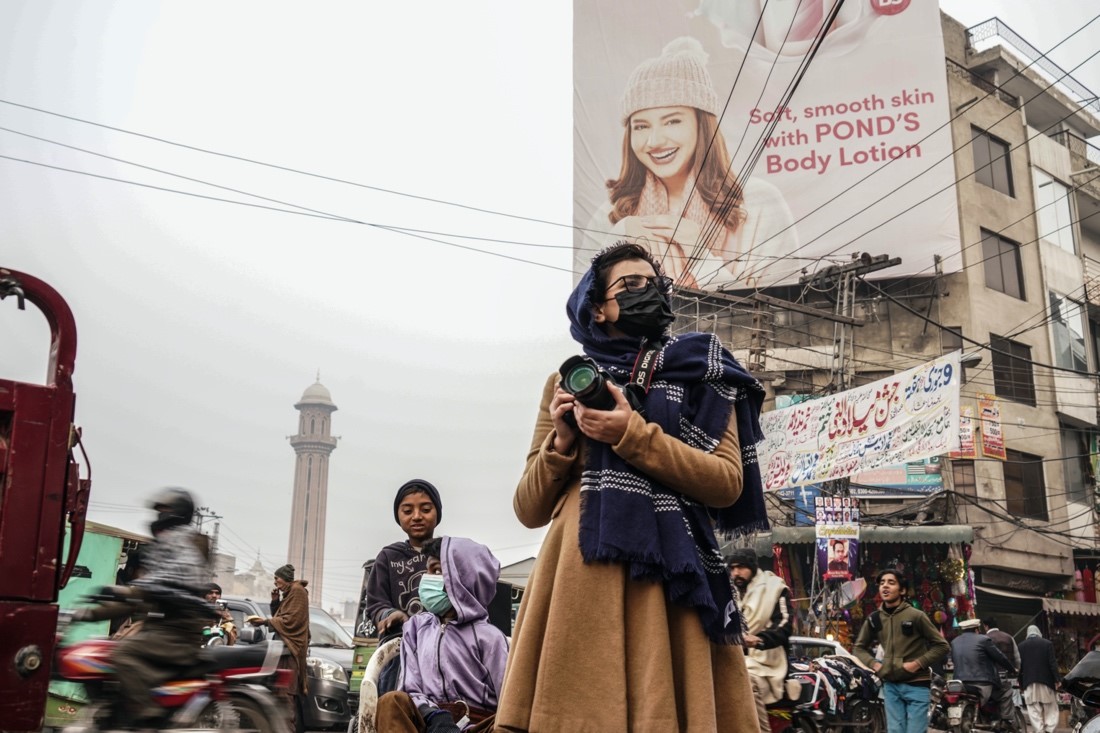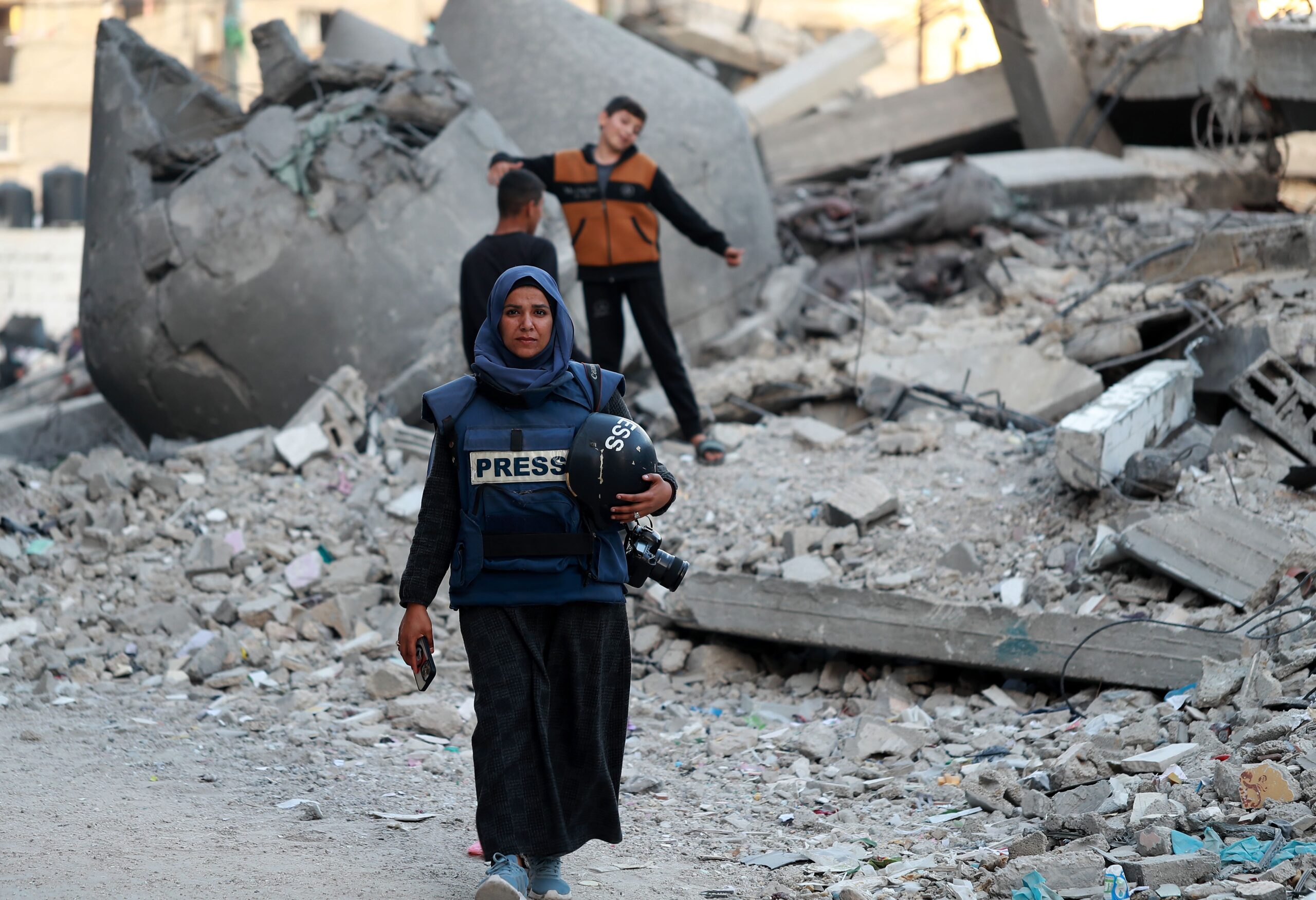Sara Siddiqui, TwoCircles.net
New Delhi: Journalist Manisha Mondal was offered a simple gesture of hospitality – lunch at a local’s home – in a quiet corner of Haryana, while on an assignment. But when she revealed her full name, the host’s warmth turned cold. The conversation halted. A shadow of discomfort fell over the room.
As a Dalit woman on the frontlines of journalism, she is no stranger to sudden shifts in behavior, unspoken exclusions and deeply embedded prejudices. The incident was in fact one of many.
“Their behavior towards me completely changed,” she said.
Women like Mondal step into the realm of journalism and activism not just to tell stories, but to challenge structures of power and confront silence with truth. But in doing so, they often become targets – by virtue of their profession, and even more so, by their gender and identity.
A report by the International Centre for Journalists (ICFJ) and the United Nations Educational, Scientific and Cultural Organisation (UNESCO) found that 25% of female journalists surveyed globally had received threats of physical violence, including death threats and threats of sexual violence. An article published by UN Women further highlighted how female activists are frequently subjected to physical attacks and strategic lawsuits meant to intimidate and silence them.
“When you have so many identities attached to your personality or your name,” Mondal said, “these are the judgments and prejudices you have to deal with when working on the field.”
The dangers are not just physical. They are systemic, social and increasingly digital. The rise of social media and AI has extended the battlefield for female journalists and activists far beyond protest sites and press conferences. It is now in their inboxes, their comment sections, their private messages and often, on manipulated videos and fake images that circulate without consequence.
Uneven Ground
Being on the field is not only about asking the right questions or filing a story on time. It is about navigating subtle and persistent gender dynamics.

“You let them mansplain because you will get something out of it, probably more than they would have readily told a male counterpart. Unfortunately, a woman reporter has to massage egos and walk on eggshells all the time with locals, policemen or lawyers,” said Aliza Noor, a senior correspondent at The Quint.
Many male sources assume that “a task is too much for a woman”, often outright refusing to engage with female journalists. Safety is an ever-present concern – not only from those being reported on, but sometimes from authorities themselves.
Mondal recalled an incident in Faridabad where the police allegedly tried to snatch her camera. “You do not want me to click pictures because you do not want the world to know that you have been up to something really mischievous,” she said referring to the authorities.
These dangers are compounded by online harassment. After publishing an article on casteism and dating apps, Mondal was bullied, her image misused, and she was fat-shamed across platforms. “Existing cyber laws are not implemented effectively,” she emphasised.
Noor pointed to the growing threat of deepfakes. “They have been used to spread more hate, misinformation and propaganda. This affects a journalist or an activist’s credibility or their ability to even fight back if they do not know how to,” she said.
Voices that Refuse Silence
Sarah, a 22-year-old climate and social justice activist based in Lucknow, knows these tactics intimately. “This is not just about privacy. It is emotional, personal and mental harm,” she said.
As the Ops and Coalitions Coordinator at Fridays for Future India and the founder of Climate Par Charcha and Conscious Humans, she said she has faced consistent pushback from online trolls as well as within activist spaces.
“During protests or events, I have heard things like ‘you are too outspoken’ or ‘let the boys handle this’. Girls speaking up is still seen as being ‘too much’, not leadership,” she said.
To ensure safety, her organisation often prefers symbolic protests, silent actions or smaller group meetings rather than large demonstrations. Even then, the toll of being a visible and vocal woman remains.

“We want real voices, real efforts and real stories to be seen and heard because when the spotlight keeps missing the people who are actually creating change, it does not just dim their spirit, it dims the future,” she emphasised.
Campus as a Battleground
In educational spaces too, female activists are constantly being watched. Shefali, the Secretary of the Students’ Front of India (SFI) at Ambedkar University, Delhi, shared the alleged constant surveillance that student protesters face.
“Inside the university campus, guards record us whenever we are even keeping a reading circle. Administration directs them to record the faces of people coming for a certain protest or reading circle,” she said.
She said the alleged threat of detention and violence by the Delhi Police during off-campus protests is another major concern. “The militarisation of the campus is extremely concerning for the safety of all students,” she added.
For many, like Noor and Mondal, their identities are political. “My identity became both a challenge and a strength. I know what it feels like to be unheard and unseen. And that is exactly why I fight to create space not just for myself, but for every young person who has been told they cannot,” Sarah said.
Noor echoed the importance of self-preservation while maintaining integrity. “While reporting on hate crimes and communalism, it becomes all the more difficult. Sometimes, you have to use a false name to protect yourself or find different ways to do the story,” she said.
She called on the state to guarantee press freedom and safer working conditions, and for the public to support independent media.
While institutional statements of solidarity may appear during moments of crisis, the ground reality remains fraught. And yet, women continue to report, protest and resist.
“If you really do want to get through a challenge, you find a way to cross that bridge. If you don’t, you simply find another bridge,” said Noor.


